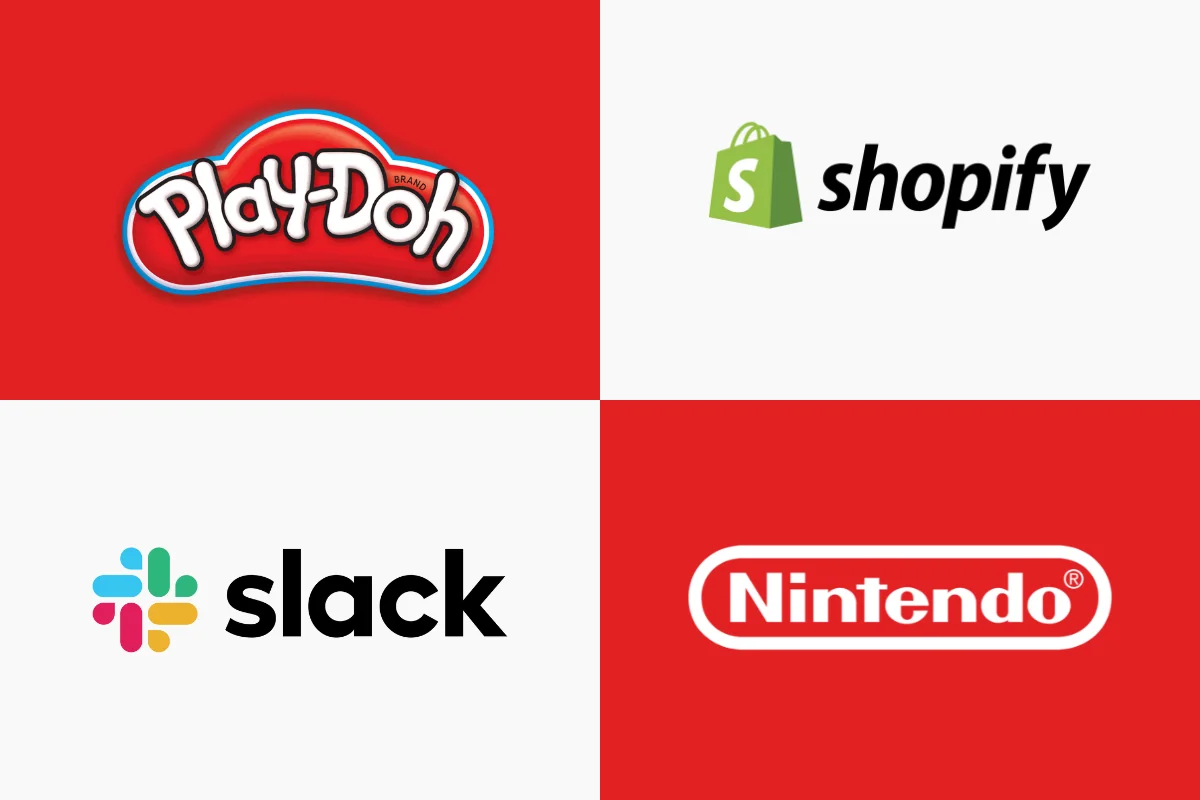The rise of AI, blockchain, and hybrid workforces has blurred the lines between traditional and digital business models. In 2025, 63% of consumers demand both digital convenience and human touchpoints (Statista, 2025), forcing companies to rethink their strategies.
While digital-first brands like Shein and Zoom dominate headlines, traditional businesses (e.g., local retailers, manufacturing hubs) thrive by leveraging trust and hyper-localization. This article dissects the pros, cons, and unexpected hybrid strategies winning in 2025—plus how to avoid costly mistakes when pivoting.
Traditional Business Models: The Resilience of Tangibility
What Defines a Traditional Model?
Traditional businesses rely on physical assets, in-person interactions, and linear supply chains. Examples include:
- Brick-and-mortar retail (e.g., IKEA’s experiential stores).
- Manufacturing (e.g., GE’s factory-driven production).
Pros:
- Trust & Loyalty: 58% of consumers trust local businesses over digital-only brands (Edelman Trust Report, 2025).
- Control: Owned supply chains reduce dependency on third-party platforms (e.g., Tesla’s vertical integration).
Cons:
- High Overheads: Rent, labor, and logistics eat 40-60% of revenue (McKinsey, 2024).
- Limited Scalability: Hard to expand beyond regional markets.
2025 Adaptation Tips:
- Hybridize: Add digital layers (e.g., Walmart’s AR fitting rooms).
- Leverage Nostalgia: Limited-edition physical products (e.g., Nokia’s rebooted 3310).
Digital Business Models: Speed, Scalability, and Hidden Pitfalls
What Defines a Digital Model?
Digital businesses operate online-first, prioritize scalability, and use data-driven decision-making. Examples include:
- E-commerce (e.g., Temu’s AI-powered personalization).
- SaaS (e.g., Notion’s collaborative workspace tools).
Pros:
- Global Reach: Tap into 5.3 billion internet users (DataReportal, 2025).
- Agility: Pivot faster with real-time analytics (e.g., Netflix’s content algorithms).
Cons:
- High Competition: 73% of digital markets are saturated (Gartner, 2025).
- Data Risks: Cyberattacks cost businesses $12 trillion annually (Cybersecurity Ventures, 2025).
2025 Adaptation Tips:
- Localize Digitally: Use geo-targeted ads (e.g., Uber Eats’ neighborhood promotions).
- Build Communities: Foster loyalty via Discord or Reddit (e.g., Glossier’s skincare forums).
Head-to-Head Comparison
| Factor | Traditional Model | Digital Model |
|---|---|---|
| Startup Costs | High ($100K+ for inventory/stores) | Low (5K−5K−20K for MVP platforms) |
| Scalability | Limited by geography | Global from day one |
| Customer Retention | 65% repeat buyers (trust-driven) | 35% (requires constant re-engagement) |
| 2025 Trend | “Phygital” experiences (e.g., Nike’s AR sneaker trials) | AI-driven hyper-personalization |
Real-World Case Studies
- Traditional Success: Lush Cosmetics’ Anti-Social Media Stunt
- Ditched social media in 2024 to focus on in-store workshops, boosting foot traffic by 22%.
- Digital Success: Duolingo’s Gamified Learning Empire
- Scaled to 700 million users via TikTok-style micro-lessons and AI tutors.
- Hybrid Win: Best Buy’s “Health Check” Service
- Merged in-store tech repairs with IoT home setup consultations (online booking + in-person service).
Which Model Should You Choose?
Ask These Questions:
- “Do my customers value human interaction or convenience?”
- Traditional: Healthcare, luxury goods.
- Digital: Software, subscription services.
- “Can I handle rapid scaling?”
- Digital demands tech infrastructure; traditional requires supply chain mastery.
Pro Tip: Use the 50/30/20 Rule for 2025 Hybrid Models:
- 50% core model (traditional/digital).
- 30% complementary channels (e.g., traditional brands using Shopify).
- 20% experimental tech (AI/AR).
FAQs
Q. Can traditional businesses survive without going digital?
Yes—but only in niche markets (e.g., artisan bakeries). For most, adding digital touchpoints (e.g., WhatsApp orders) is critical.
Q. What’s the biggest mistake digital startups make?
Over-relying on paid ads. Brands like Oatly grew via grassroots storytelling, not just Meta ads.
Q. Are hybrid models more expensive?
Initially yes, but tools like Square POS or Wix reduce long-term costs. Start with one hybrid channel (e.g., Instagram + pop-up stores).
Future-Proofing Your 2025 Strategy
For Traditional Businesses:
- Partner with Digital Natives: Example: Target + Shopify allowing local vendors to sell online.
- Adopt AI for Logistics: Predictive inventory tools like ClearMetal.
For Digital Businesses:
- Build Physical Touchpoints: Warby Parker’s virtual try-on + home trial kits.
- Invest in Cybersecurity: Tools like Cloudflare’s Zero Trust suite.
In 2025, the divide between traditional and digital dissolves. Winners like Starbucks (digital loyalty rewards + café “third spaces”) and Shopify (online stores + POS hardware) thrive by merging the best of both worlds.
Your Next Move:
- Audit Your Model: Use tools like Miro’s Business Model Canvas.
- Pilot Hybrid Experiments: Test one digital/traditional crossover quarterly.












